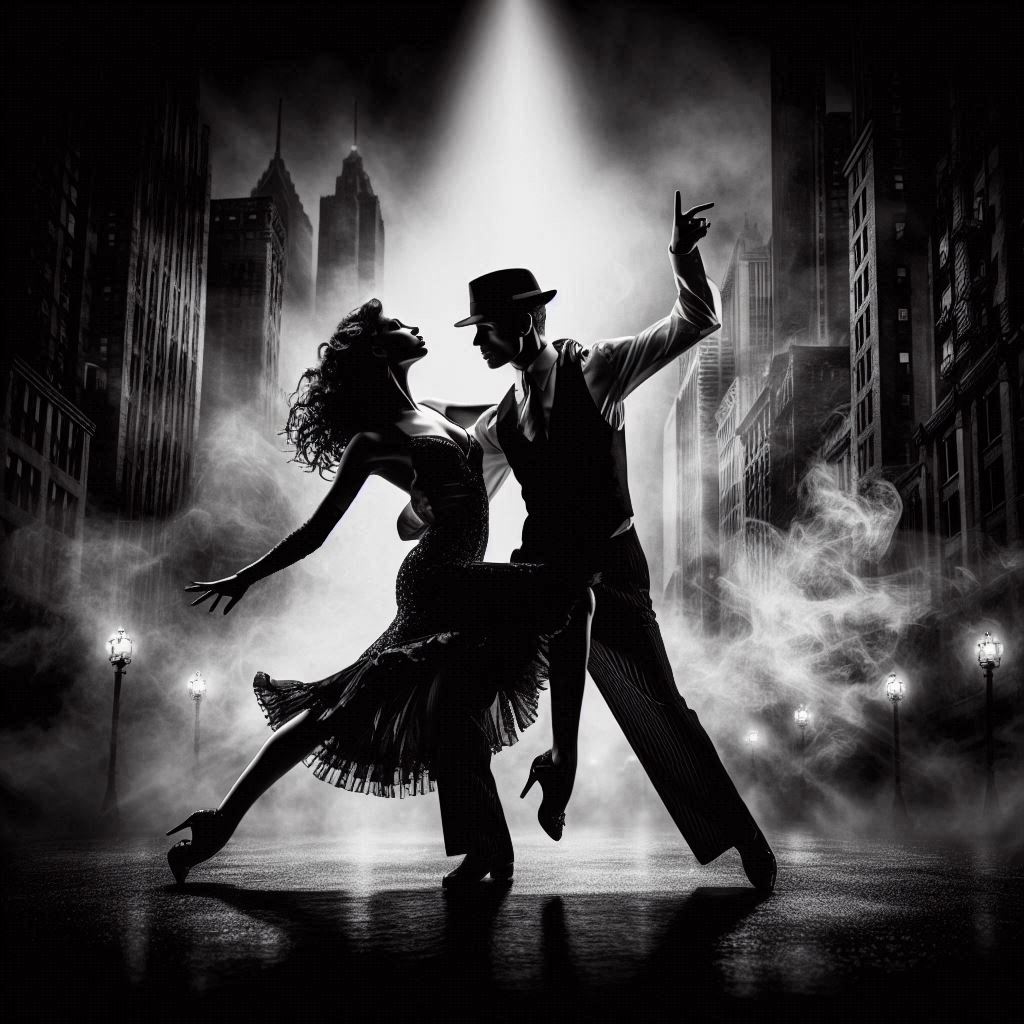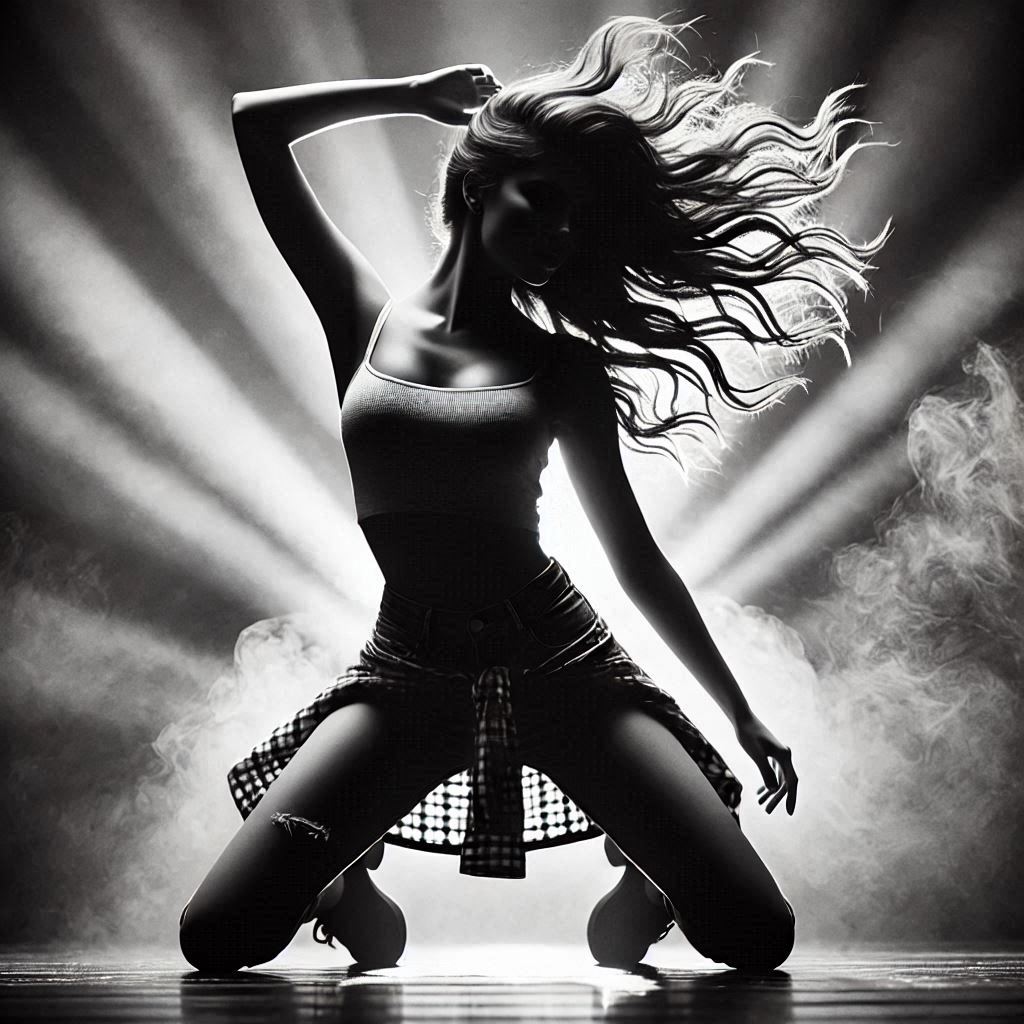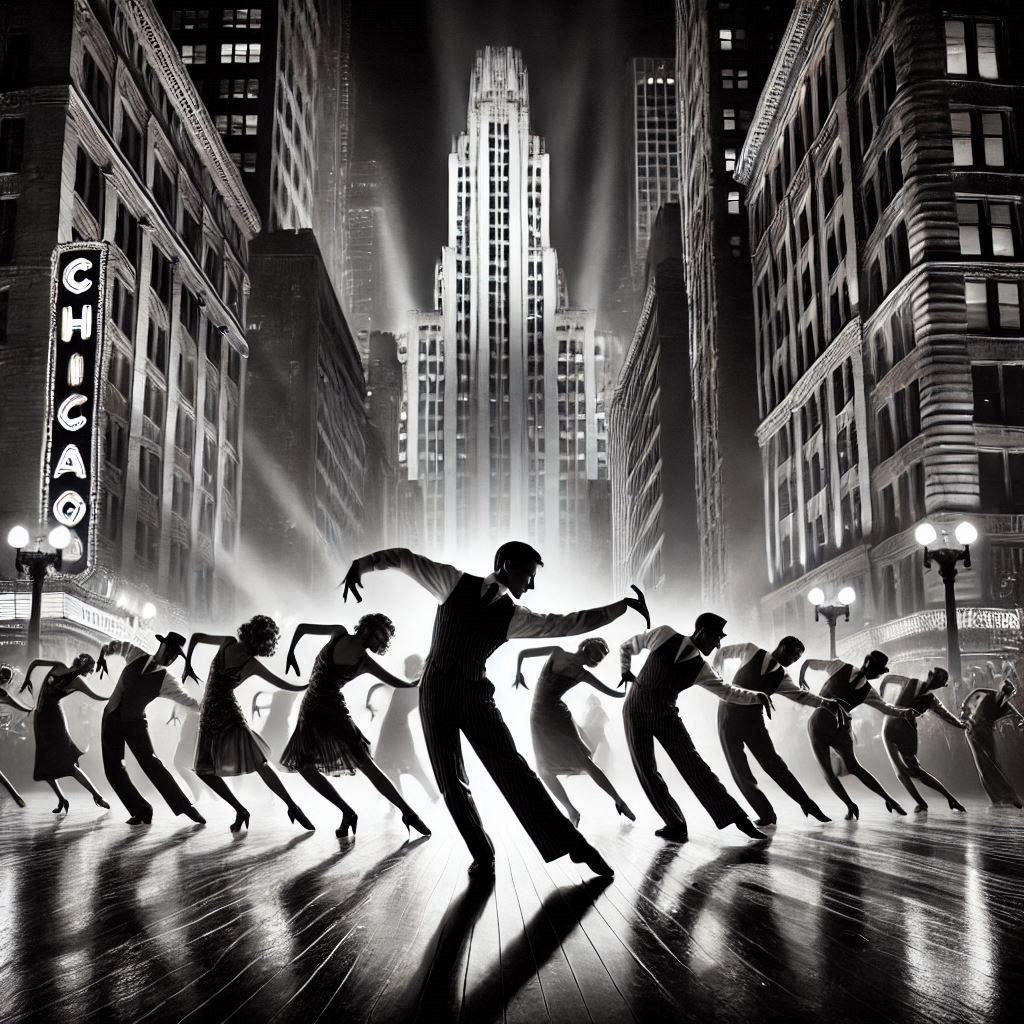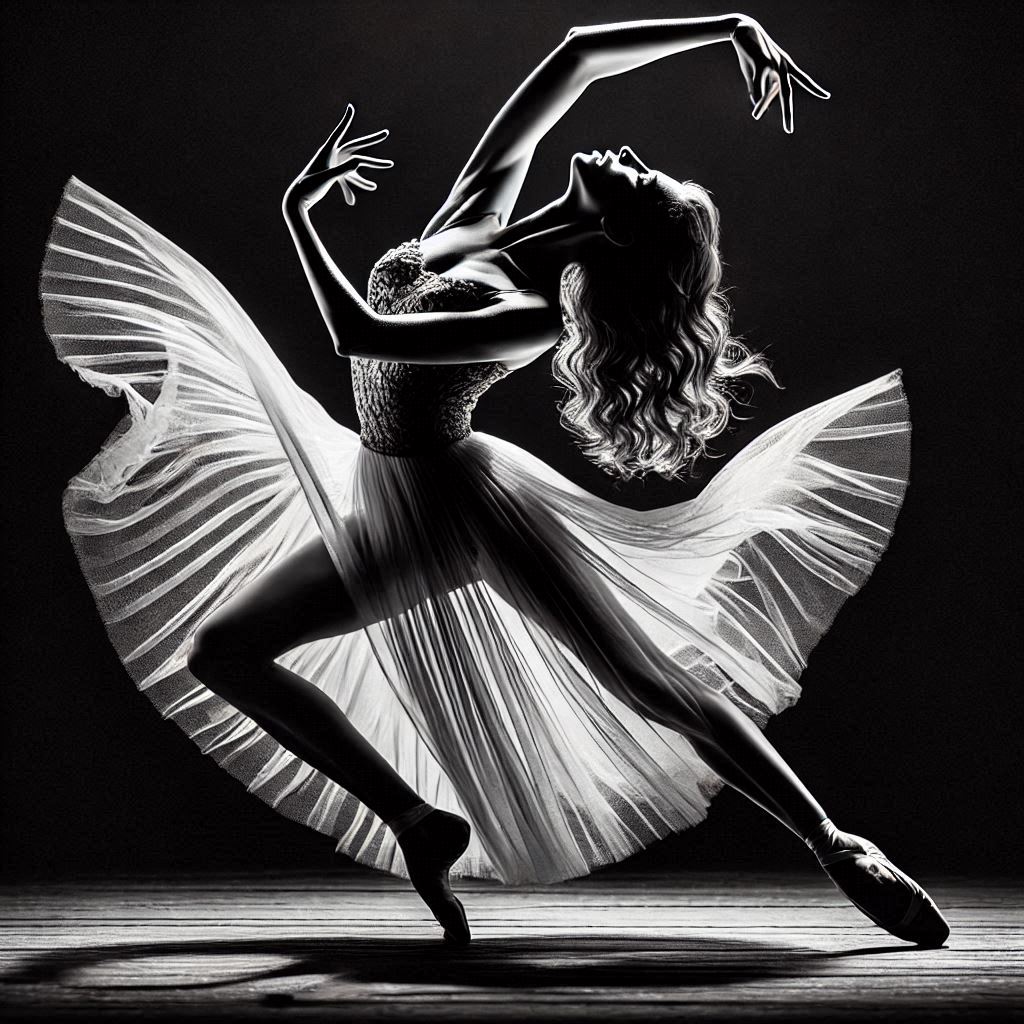
Embracing the Psychological Beauty of Dance
The Psychological Beauty of Dance and Dancing
Introduction to Dance and Its Psychological Benefits
Dance is a universal language that transcends cultural, linguistic, and social barriers. It’s an art form that allows individuals to express themselves through movement, capturing emotions and stories that words alone cannot convey. Beyond its aesthetic appeal, dance offers numerous psychological benefits that contribute to emotional well-being, mental clarity, and social connection. Whether performed professionally, socially, or therapeutically, dance has the power to transform lives and uplift spirits.
Emotional Expression and Release
Dance as a Medium for Emotional Expression
Dance provides an unparalleled avenue for expressing emotions. Through choreographed movements, individuals can communicate feelings and narratives that might be challenging to articulate with words. This expressive outlet allows dancers to process and release intense emotions, leading to a therapeutic sense of relief.
Dance as Therapeutic Practice
Engaging in dance can serve as a therapeutic practice, helping individuals to cope with psychological challenges such as anxiety, depression, and trauma. The repetitive and rhythmic nature of dance movements can induce a meditative state, fostering relaxation and alleviating stress.
Cognitive Enhancement Through Dance & Dancing
Dance and Brain Plasticity
Dance stimulates the brain in unique ways, enhancing neuroplasticity – the brain’s capacity to reorganize and form new neural pathways. Learning and performing dance routines require coordination, memory, and spatial awareness, which in turn stimulate cognitive functions and improve mental agility.
Dance as a Mental Exercise
Participating in dance has been shown to enhance cognitive abilities such as problem-solving, attention, and multitasking. The complex patterns and sequences involved in dance routines demand mental effort, making dance an effective and enjoyable mental exercise.

Social Connection and Community
Creating Bonds Through Dance
Dance often takes place in social settings, fostering a sense of community and belonging. Whether in dance classes, social dance events, or performances, dance brings people together, creating opportunities for connection and collaboration. This social interaction can enhance feelings of support and reduce feelings of loneliness.
Promoting Cross-Cultural Connections
Dance is a idea that joins people together in communication like a universal language that transcends boundaries. Through dance, individuals can explore and appreciate diverse cultural traditions and styles. This exposure to different forms of dance can broaden perspectives and promote cultural understanding, fostering a sense of global community.
Enhancing Self-Esteem and Confidence
Building Self-Confidence Through Dance & Dancing
Regular participation in dance can significantly boost self-esteem and confidence. As individuals master new dance moves and routines, they develop a sense of achievement and self-assurance. This newfound confidence can extend to other areas of life, promoting overall well-being.

Dance as a Tool for Personal Growth
Dance encourages personal growth by pushing individuals out of their comfort zones. Learning and performing dance routines requires dedication, discipline, and perseverance. These qualities foster a growth mindset and a positive attitude towards challenges.
Stress Reduction and Relaxation
Dance as a Stress Reliever
Engaging in dancing is an excellent way to reduce stress and promote relaxation. The physical activity involved in dancing releases endorphins, which are natural mood lifters. Additionally, the focus required in dance can divert attention from stressors, providing a mental break and promoting relaxation.
The Calming Effect of Rhythmic Movement
The rhythmic and repetitive nature of dance movements can have a calming effect on the mind. This meditative aspect of dance promotes a state of mindfulness, helping individuals to stay present and connected to their bodies.
Enhancing Emotional Intelligence
Dance and Emotional Awareness
Dance enhances emotional intelligence by increasing emotional awareness and empathy. As dancers interpret and express emotions through movement, they become more attuned to their own emotions and those of others. This makes us more emotional aware and can improve relationships and communication.
Dance and Empathy
By engaging in dance, individuals can develop a deeper sense of empathy. Understanding and embodying different emotions through dance can help individuals to relate to others’ experiences and perspectives, fostering compassion and empathy.
Fostering Creativity and Innovation
Dance as a Creative Outlet
Dance is a creative outlet that allows individuals to explore and express their creativity. Through improvisation and choreography, dancers can experiment with new movements and ideas, fostering innovation and artistic expression.
The Role of Dance in Creative Problem-Solving
Dancing encourages creative problem-solving by challenging individuals to think outside the box. The process of creating and refining dance routines requires innovative thinking and adaptability, skills that can be applied to various aspects of life.

What Does Dance Do For You
The Personal Impact of Dance
Dancing is more than just a series of movements, it’s a powerful form of self-discovery and personal growth. While I may not physically dance, I appreciate its transformative effects on individuals’ lives. Through the stories and experiences I learn about, I see how dance touches the core of human existence, fostering resilience, creativity, and joy.
Dance as a Journey of Self-Discovery
Participating in dance offers a unique journey of self-discovery. It allows individuals to explore their identities, understand their emotions, and express themselves authentically. Through dance, people can uncover hidden strengths and talents, gaining a deeper understanding of who they are and what they are capable of.
Building Emotional Resilience
Dance provides a safe space for individuals to confront and process their emotions. It teaches resilience by encouraging dancers to face challenges, push through discomfort, and celebrate their progress. This emotional resilience extends beyond the dance floor, helping individuals navigate life’s ups and downs with greater confidence and poise.

Fostering a Sense of Joy and Fulfillment
The sheer joy of dancing is unmatched. The rhythmic movements, the music, and the connection with others create a sense of euphoria and fulfillment. Dance allows individuals to let go of their inhibitions and immerse themselves in the moment, experiencing pure happiness and a sense of liberation.
Enhancing Creative Expression
Dance is a boundless realm of creative expression. It empowers individuals to innovate, experiment, and create new forms of movement. This creativity spills over into other aspects of life, inspiring fresh perspectives and solutions. The process of choreographing and performing dance routines nurtures a creative mindset that enriches both personal and professional endeavors.
Conclusion
Embracing the Psychological Beauty of Dance
The psychological beauty of dance lies in its ability to uplift the mind and spirit. From emotional expression and cognitive enhancement to social connection and cultural appreciation, dance offers a holistic approach to mental well-being. By embracing dance in our lives, we can unlock its transformative power and experience the profound psychological benefits it has to offer. As we continue to explore and engage in this beautiful art form, we not only enrich our own lives but also contribute to a more connected and compassionate world.
Join the Discussion
Dance is not just a series of movements, it’s a profound expression of our emotions, thoughts, and cultural heritage. How has dance impacted your life? Have you experienced the psychological benefits of dance mentioned?



I don’t think the title of your article matches the content lol. Just kidding, mainly because I had some doubts after reading the article.